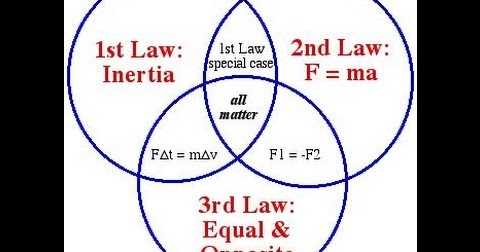
While new domains of mechanics may have been developed with their individual sets of laws, Newton’s laws are still considered to be the foundation for explaining a wide range of physical motions. Newton’s laws failed to explain these concepts earlier. With the development of Einstein’s theories of special relativity and general relativity, the motion of objects at relativistic speeds and objects with really heavy masses could be more accurately explained. Two alternative iterations of classical mechanics called Hamiltonian mechanics and Lagrangian mechanics were also developed with their own sets of laws which disregarded the concept of force and instead took into account physical quantities like speed, energy, and momentum to describe a system.

While describing the motion and behavior of objects at the scale of atoms, quantum mechanics was developed. For example, to describe the motion of non-point-like objects, Newton’s laws were extended with the help of Euler’s laws. 6 7 × 1 0 − 1 1 m 3 ⋅ k g − 1 ⋅ s − 2), m₁ and m₂ are the masses of the two objects and r is the distance between them.įollowing the inception of Newton’s laws of motion and gravitation, many physicists worked on defining other sets of laws that could deal with objects at smaller scales or objects moving at relativistic velocities. In other words, if a force is applied on a body of mass m it will experience an acceleration a such that,į = d p d t = d ( m v ) d t = m a F = \frac 6. Newton’s Second Law states that the rate of variation of the momentum of a body is directly proportional to the applied force and it acts in the direction of the force. This law essentially establishes the concept of the frame of reference to which the other laws would be applicable. This is also known as the law of inertia. Therefore, we can define force as an external effect that can change the state of rest or uniform linear motion of the body. This law states the connection between the angle of incidence and the angle of refraction. Elementary Particles and the Laws of Physics: The 1986 Dirac Memorial Lectures: Feynman, Richard P., Weinberg, Steven: 9780521658621: Books - Amazon.ca. Newton’s First Law states that a body will remain in a state of rest or of uniform motion in a straight line until it is acted upon by an external force. Hooke’s law states that within the elastic extent of a material, the material’s strain is.


 0 kommentar(er)
0 kommentar(er)
